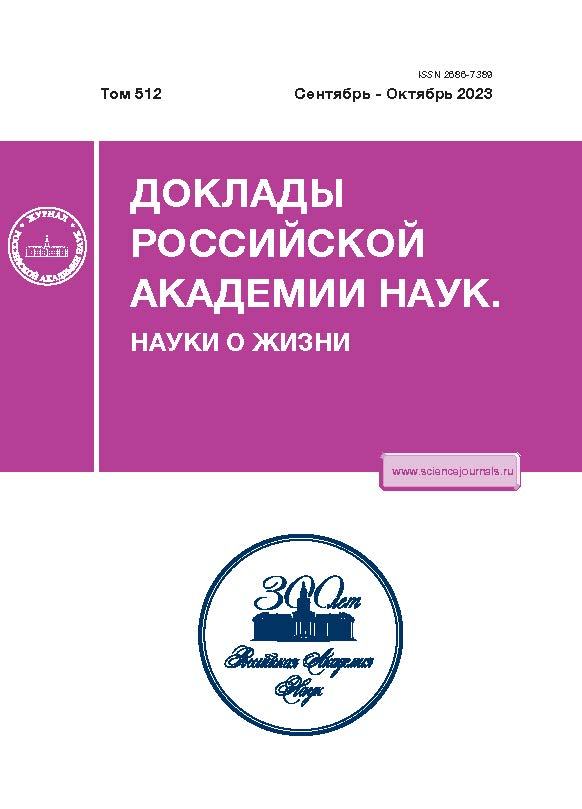Abstract
The erythron state was studied in the flounder-gloss (Platichthys flesus, Linnaeus, 1758) during the annual cycle. The number of erythrocytes in the blood and the content of immature erythroid forms were determined: basophilic and polychromatophilic normoblasts in the head kidney (pronephros) and bloodstream. The proliferative activity of cells was judged by the inclusion of 3H-thymidine in immature erythrocytes of circulating blood. It has been showed that the processes of erythropoiesis in the hematopoietic tissue of the flounder-gloss proceed irregularly. The active production of erythroid mass is mainly confined to the post-spawning period. This is evidenced by an increase in the content of immature erythroid forms in the tissue of the pronephros and circulating blood, as well as an increase in their proliferative activity. It is assumed that this is due to the peculiarities of the organization of the red blood system in teleostean fish, which excludes the regular production of erythropoietin in the kidneys.










